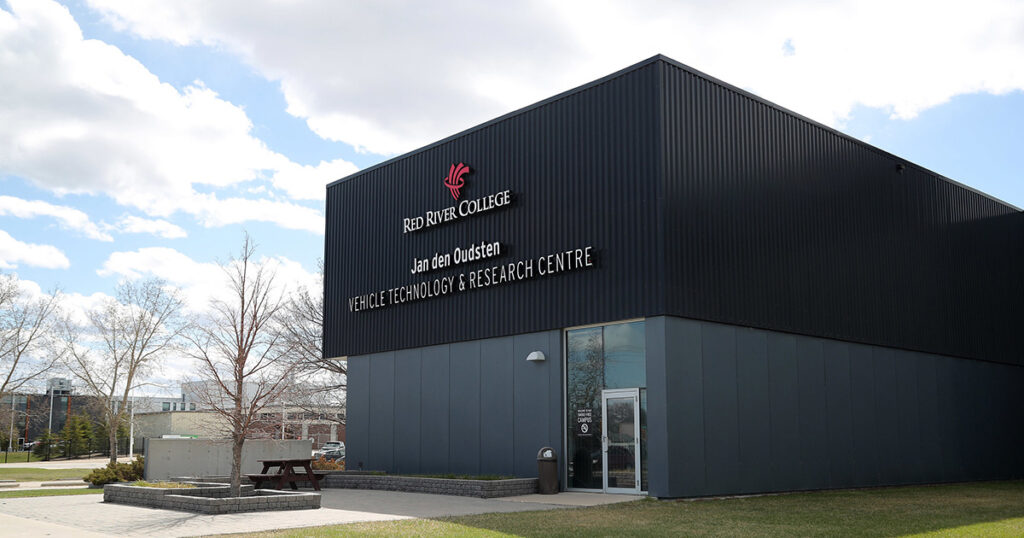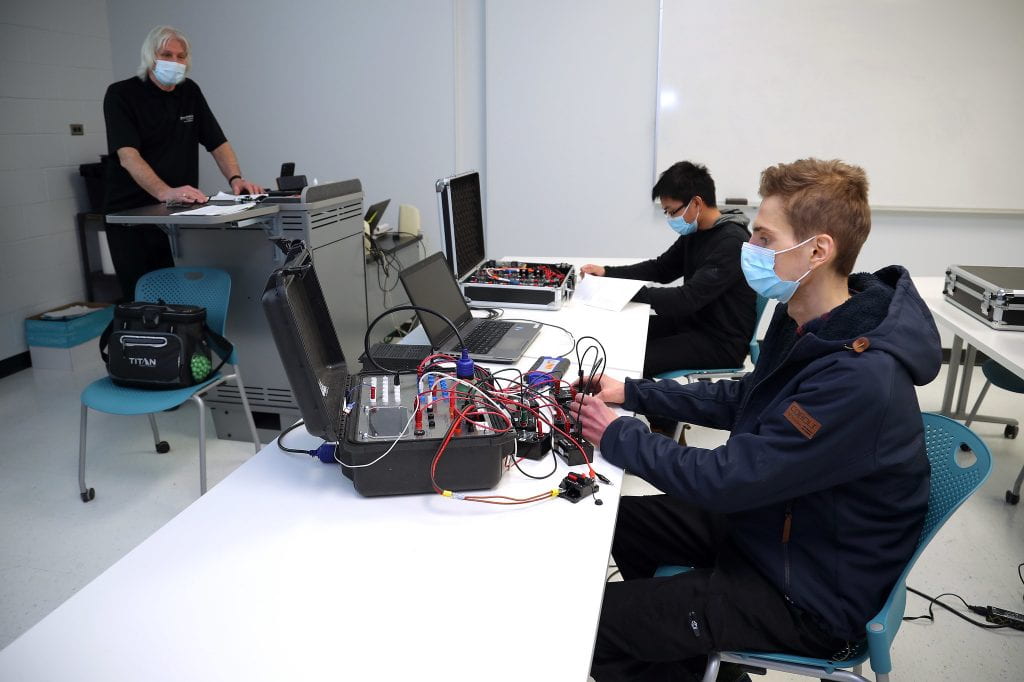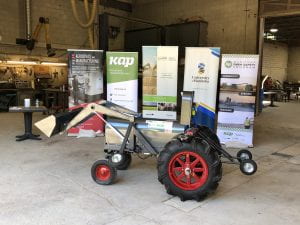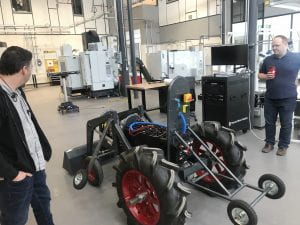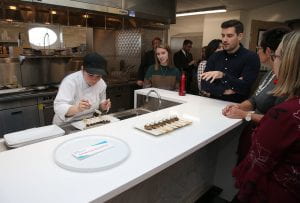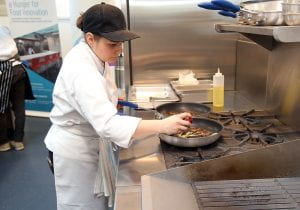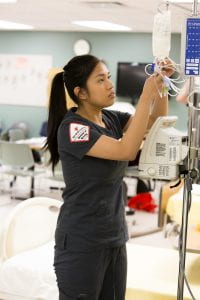RRC Polytech is making plant-based impacts across the country, from the Prairies to Big Mountains
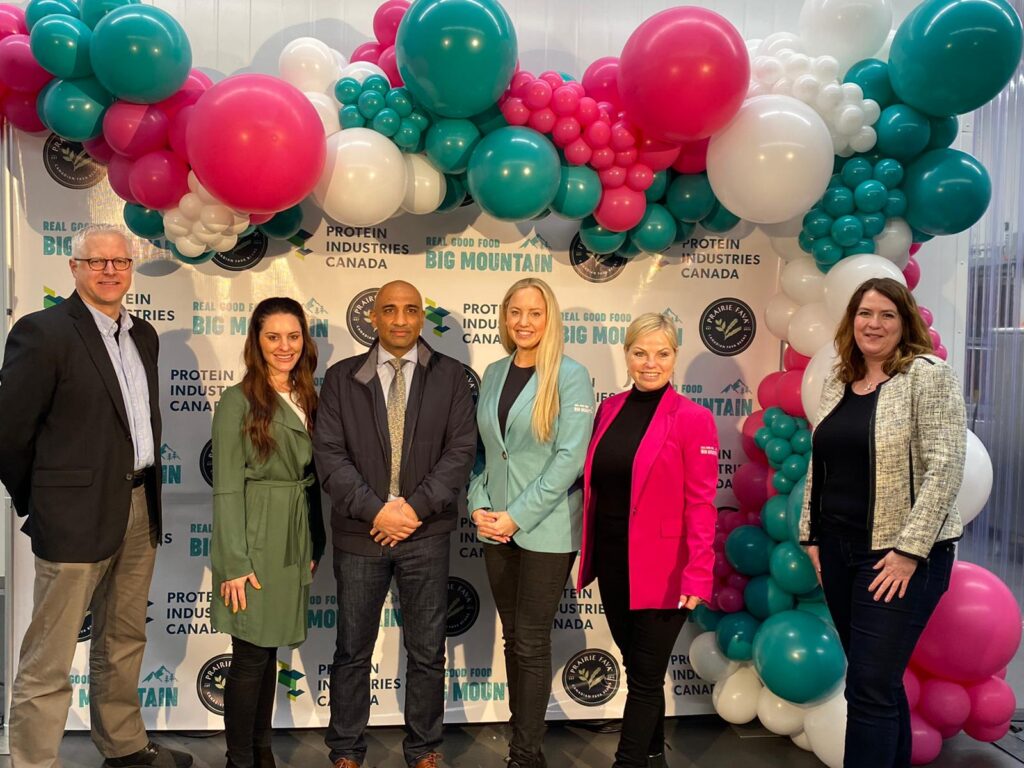
A new high-protein, plant-based food product will soon be available to Canadians, thanks in large part to RRC Polytech’s Prairie Research Kitchen and Protein Industries Canada (PIC).
On April 21, PIC announced a major investment that will enable Big Mountain Foods, a Vancouver-based innovator of plant-based consumer packaged goods, and Prairie Fava, the leading Canadian grower and ingredient supplier of fava beans, based in Glenboro, Manitoba, to bring more fava-based consumer products, including fava tofu, to market. The Prairie Research Kitchen has worked with both companies as a product development partner.
“We are thrilled to have played a part in the development of this exciting new project. This is a perfect example of how the Prairie Research Kitchen team can lend our expertise in food sciences and culinary arts, as well as our experience in pulse products, to work with companies to develop new products for consumers,” says Mavis McRae, Director, Prairie Research Kitchen.
The Prairie Research Kitchen has partnered with Prairie Fava since 2016, starting with research on fava flour, a protein rich gluten-free flour that can be used in baking and conventional recipes. In 2019, the Prairie Research Kitchen began collaboration with several research and industry partners to develop value-added platform technologies using Manitoba-grown plant proteins. This led to the base knowledge of how various protein sources function in a tofu platform, as well as showcased value-added applications for the co-products of tofu production. Prairie Fava was an industrial partner in this project, as well as an ingredient supplier.
“The Prairie Research Kitchen has been instrumental in our product development since day one,” says Hailey Jefferies, President and Co-Founder of Prairie Fava. “The Prairie Research Kitchen team brings a unique blend of skills and creativity to applied research. Their input has expedited our product development in the early days when we were investigating the use of fava flour and provided us with valuable information as we grew the company. We appreciate the team’s support, responsiveness and advice over the years.”
The Prairie Research Kitchen started working with Big Mountain Foods in 2020, initially conducting product and process validation work on a new process the company was trying to replicate. This grew into an ongoing partnership, and the Prairie Research Kitchen team became Big Mountain Foods’s product development partner. This work established the groundwork for a new product development project for Big Mountain to coincide with the investment the company was making into tofu manufacturing capabilities.
“The technical knowledge provided by the Prairie Research Kitchen team was crucial to our product development,” says Jasmine Byrne, President of Big Mountain Foods. “From many refinement trials to on-site troubleshooting, their expertise helped guide us to achieve the results we’d been looking for.”
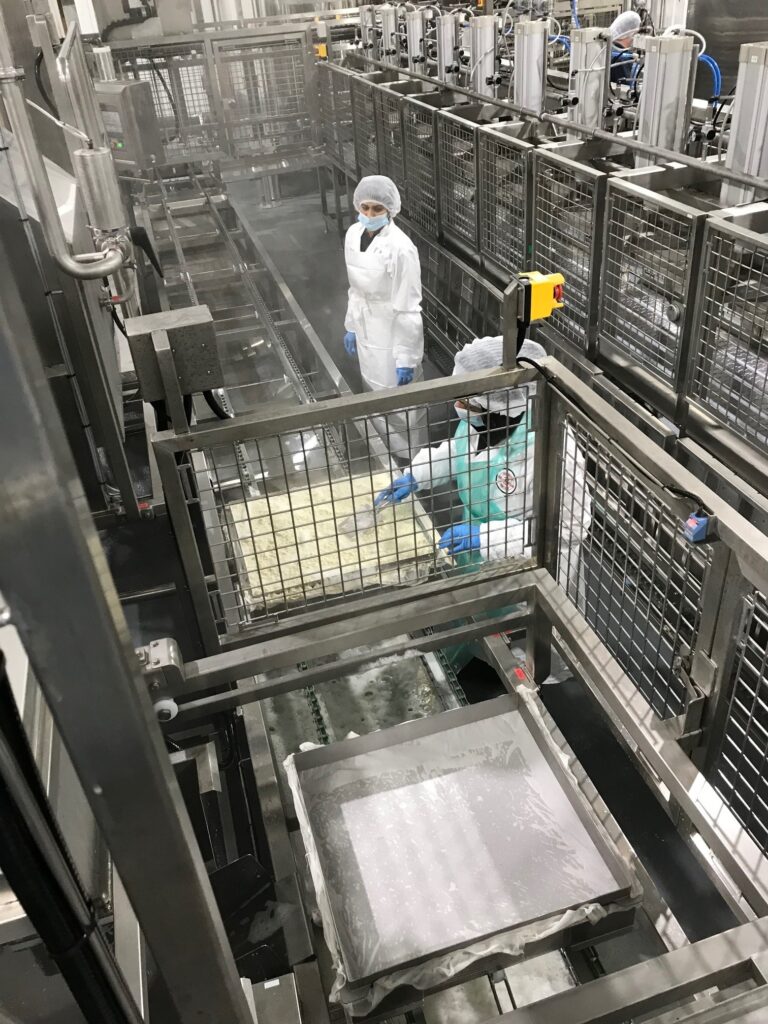
Big Mountain Foods will produce the fava bean tofu at the world’s first allergen-free tofu factory. The company aims to produce 15 million units a year.
The product is anticipated to hit grocery shelves in Manitoba next month.

